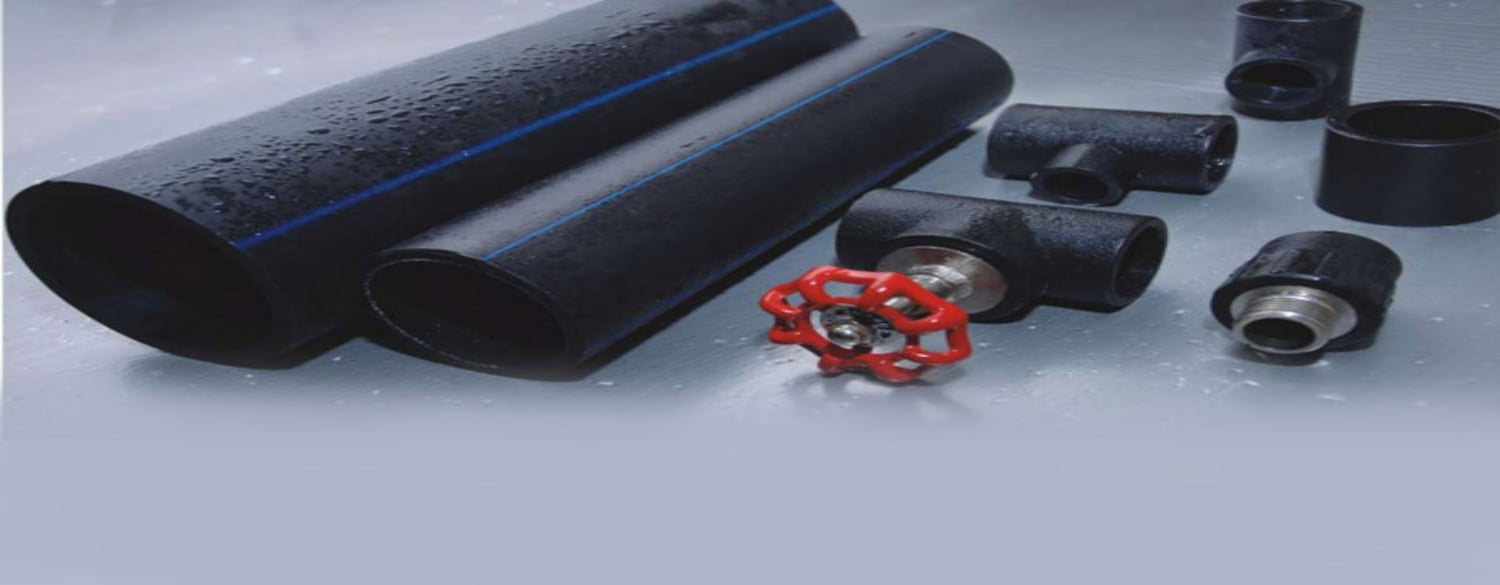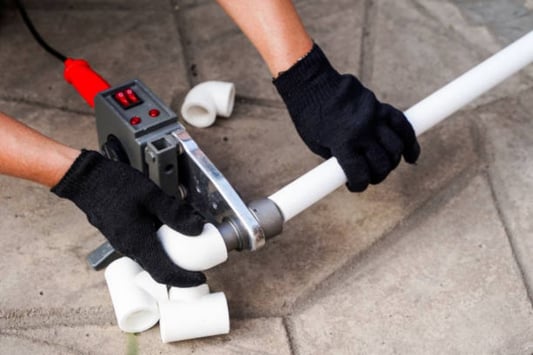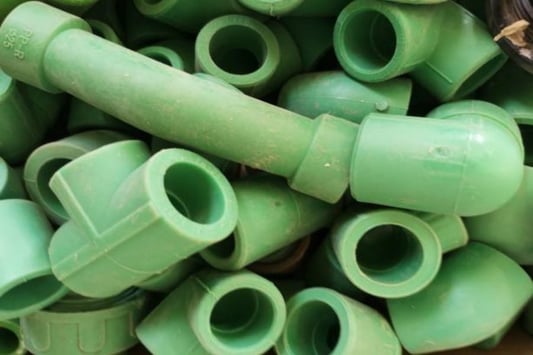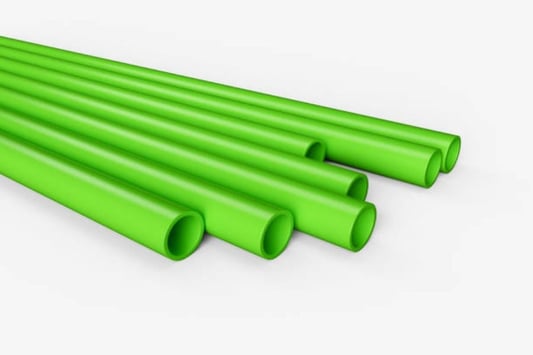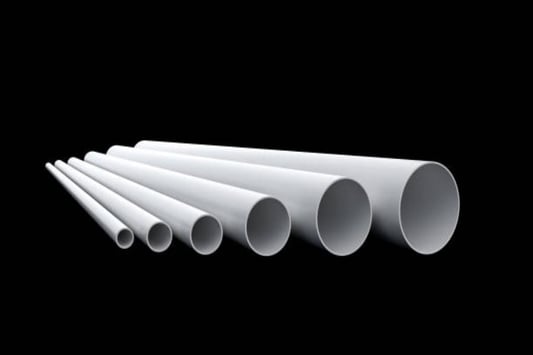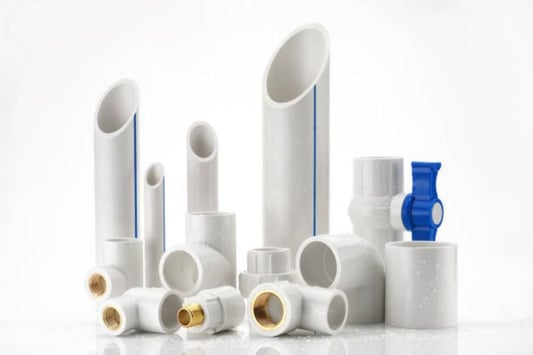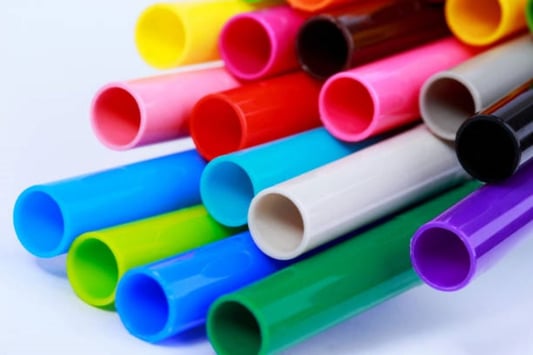The Basics of pvc ppr pipes and fittingsWhen it comes to plumbing, PVC and PPR pipes and fittings are two popular materials used for a variety of applications. PVC stands for polyvinyl chloride, and PPR stands for polypropylene random copolymer. Whether you're a professional plumber or simply someone looking to do some home repairs, it's important to know the differences and best uses for these materials.PVC Pipes and FittingsPVC pipes and fittings have been in use since the 1950s and have become one of the most common materials for plumbing systems. Made from a type of plastic called polyvinyl chloride, PVC pipes and fittings are lightweight and easy to install. They're also durable and resistant to corrosion, making them ideal for a variety of applications. PVC is commonly used for water supply, drainage, and venting systems. PVC fittings come in a variety of shapes and sizes, including elbow, tee, coupling, and valve fittings.PPR Pipes and FittingsPPR pipes and fittings are relatively new to the plumbing market but have quickly gained popularity due to their versatility. Made from a type of plastic called polypropylene random copolymer, PPR pipes and fittings are durable, high-quality, and eco-friendly. They're also resistant to high temperatures and pressure, which makes them ideal for hot and cold water supply systems, as well as heating systems. PPR fittings come in a variety of shapes and sizes, including tee, elbow, reducer, and valve fittings.The Benefits of PVC PPR Pipes and FittingsBoth PVC and PPR pipes and fittings have a variety of benefits that make them ideal for plumbing systems. PVC is durable, corrosion-resistant, and lightweight, making it easy to install. It's also cost-effective and widely available. PPR is even more durable and resistant to high temperature and pressure, making it ideal for hot water supply systems. It's also eco-friendly and easy to install. Both PVC and PPR pipes and fittings are available in a variety of shapes and sizes, making them versatile and easy to work with.The Differences Between PVC and PPR Pipes and FittingsWhile PVC and PPR pipes and fittings share many similarities, there are also some important differences to consider. PVC is best used for cold water supply, drainage, and venting systems, while PPR is best used for hot and cold water supply systems, as well as heating systems. PVC pipes and fittings are more affordable than PPR, making them a popular choice for budget-conscious homeowners. However, PPR pipes and fittings are more durable and can last up to 50 years or more, while PVC pipes and fittings typically last around 25 years.Choosing the Right PVC PPR Pipes and Fittings for Your ProjectWhen it comes to choosing the right pipes and fittings for your plumbing project, there are a few factors to consider. These include the type of system you're installing, the temperature and pressure requirements, and your budget. If you're installing a cold water supply system or a drainage system, PVC pipes and fittings are likely the best choice. If you're installing a hot water supply system or a heating system, PPR pipes and fittings are the better option.How to Install PVC PPR Pipes and FittingsInstalling PVC and PPR pipes and fittings is relatively simple, but it does require some basic plumbing knowledge. The first step is to cut the pipes to the desired length using a pipe cutter or saw. Next, clean the ends of the pipes and fittings to ensure a tight seal. Apply PVC or PPR cement to the ends of the pipes and fittings, then join them together. Allow the cement to dry for the recommended amount of time before turning on the water.The Importance of Choosing Quality PVC PPR Pipes and FittingsWhen it comes to plumbing, the quality of the materials used is crucial. Choosing low-quality PVC or PPR pipes and fittings can lead to leaks, corrosion, and other plumbing problems. It's important to choose high-quality pipes and fittings from a reputable supplier to ensure your plumbing system is safe, reliable, and long-lasting.The Cost of PVC PPR Pipes and FittingsThe cost of PVC and PPR pipes and fittings depends on a variety of factors, including the size and type of pipe, the quality of the materials, and the supplier. PVC pipes and fittings tend to be more affordable than PPR pipes and fittings, but PPR is more durable and may require fewer repairs over time. When it comes to plumbing, it's important to consider both the short-term and long-term costs when choosing materials.In ConclusionPVC and PPR pipes and fittings are two popular materials used for plumbing systems. While PVC is best used for cold water supply, drainage, and venting systems, PPR is best used for hot and cold water supply systems, as well as heating systems. Choosing high-quality, reputable pipes and fittings is crucial for a safe, reliable plumbing system that will last for years to come.pvc ppr pipes and fittings, plumbing, water supply, drainage, venting systems, heating systems, eco-friendlyThe Ultimate Guide to PVC PPR Pipes and FittingsLearn everything you need to know about PVC PPR pipes and fittings, including their uses, benefits, and installation process.- What are PVC PPR pipes and fittings?- Pros and cons of PVC PPR pipes and fittings- Differences between PVC and PPR pipes and fittings- How to install PVC PPR pipes and fittings- Choosing quality PVC PPR pipes and fittings- Benefits of eco-friendly PVC PPR pipes and fittings- Best uses for PVC PPR pipes and fittings- How much do PVC PPR pipes and fittings cost?- PVC PPR pipes and fittings for residential plumbing- PVC PPR pipes and fittings for commercial plumbingQuote InquiryContact Us
07. August, 2024

